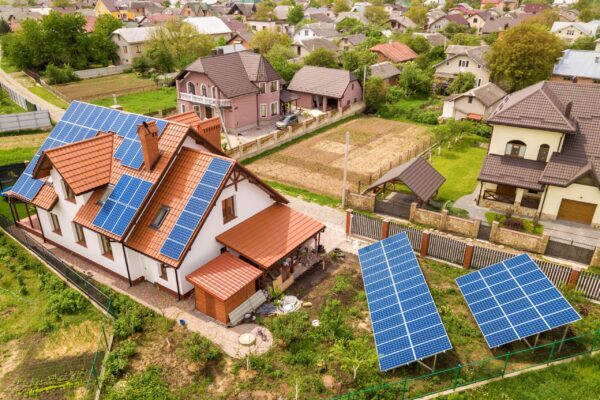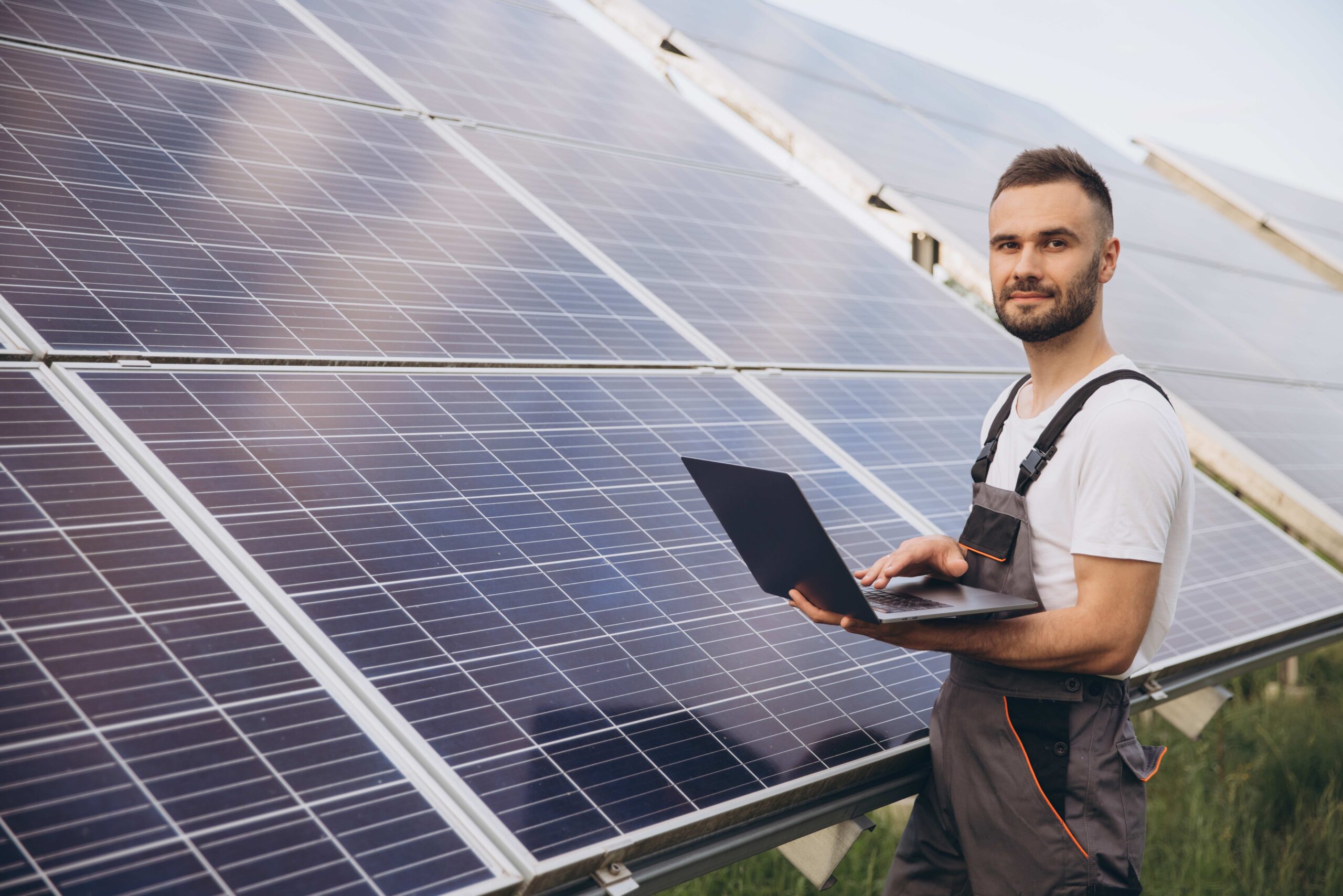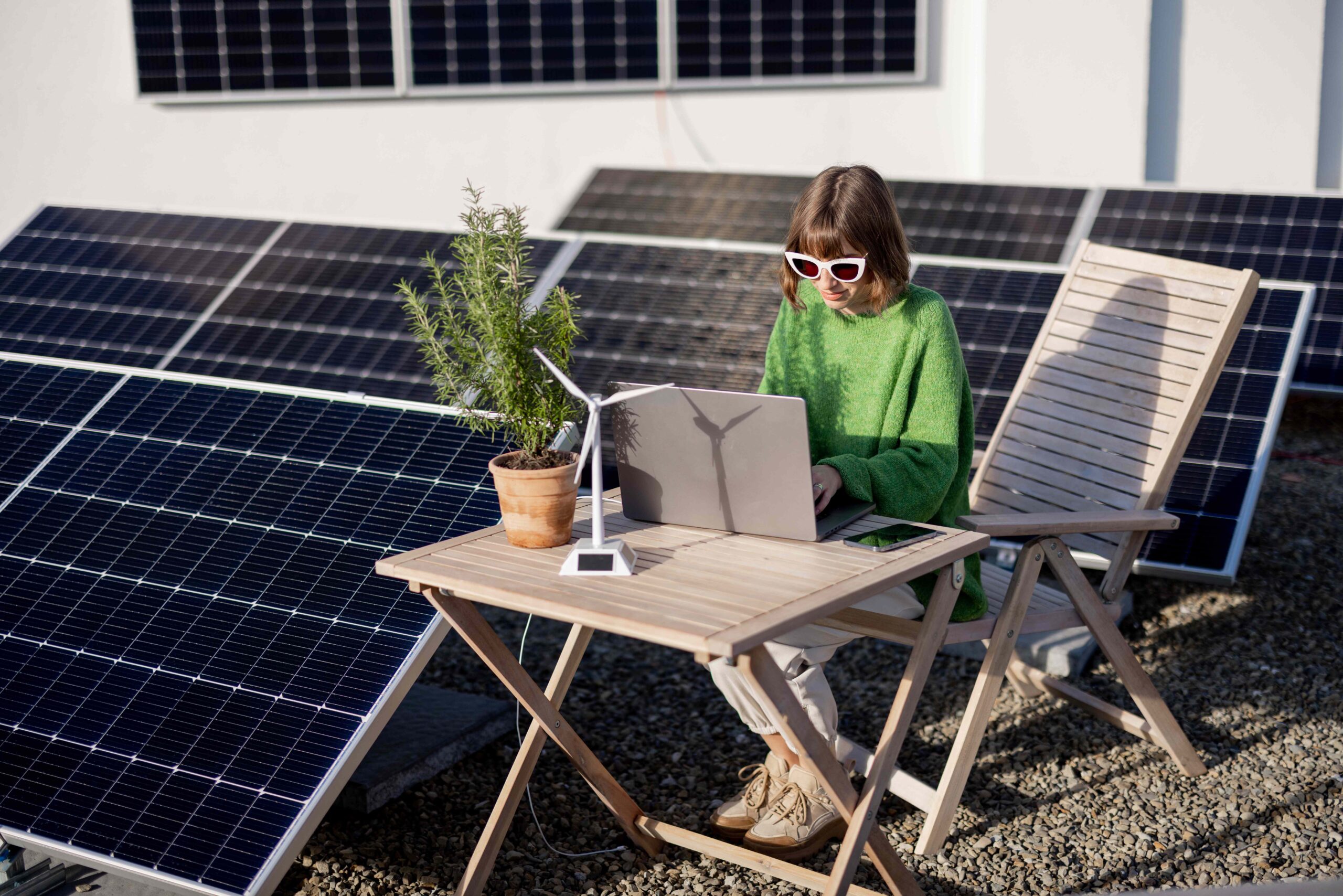
Morning in the suburbs of Brisbane begins as usual. Birds, humid air, and solar panels on roofs. Energy is already flowing. While people sleep in their homes, the sun’s rays fill the batteries. And everything would follow the usual pattern: charging, use, excess, discharge. But in one house, a screen lights up with a special message. Today, the energy won’t disappear. It will start working.
This house has a Tesla Powerwall system installed. Inside, it is a new digital layer. It’s PowerwallET, an app that prevents electricity from going to waste. Instead of being lost in the grid, the energy goes into the process. It powers the computer. And the computer runs an algorithm. In a few hours, something completely different appears: Bitcoin. Mathematically pure, energetically justified, technologically elegant.
The idea is simple, but not obvious. If the sun gives more than you need, why not turn the excess into an asset? If the battery is full, why not use the flow? If you can store it in digital form instead of kilowatt-hours, why not try it?
That’s exactly how the Australian team thinks. They built PowerwallET not as an experiment but as a bridge between home and the market, between the power outlet and the blockchain, between the sun and the digital world.
How Digital Storage Works
The heart of PowerwallET is its software architecture. It connects solar panels, a battery, and a mining device. When the system detects a surplus, it sends a signal. At that moment, a separate channel is connected. The computer activates the mining software, which runs for as long as the energy allows—no noise, no overheating, no overloads.
The developers have thought through the protection. Algorithms monitor temperature, load, and response speed. If the parameters exceed the limits, everything is shut down, and any attempt to exceed the limit is blocked. The house remains the priority. Mining is only an option when everything else is already taken care of.
The bitcoins you earn remain at your disposal. They can be used to offset energy costs in the evening hours. Or saved up. Or sold. The main thing is that they are created without harm. No emissions, no burning, no damage.
The model itself works on a subscription basis. The user connects, gains access to the system, and configures the settings. All processes are automated. The entry level is minimal. But the result is quite tangible.
Market Has Heard
When the first data from the PowerwallET pilot installations reached investors, interest was higher than expected. The technology demonstrated not only stable performance but also a new level of economic efficiency. Where energy used to simply flow into the grid for pennies, a digital asset now appeared, changing the calculation.
Venture capitalists decided this was not just a technical solution but a new business model. In the first round, the team received a promise of $100 million in funding. The money will go toward scaling up. The plans include creating the world’s first virtual Bitcoin station, where solar energy will be transferred directly to digital storage.
What makes PowerwallET attractive:
- No additional equipment required. The system uses existing infrastructure: solar panels, batteries, and computers.
- Flexibility. Works with excess energy and does not interfere with primary consumption.
- Fully automated. Users do not need to understand code, mining, or cryptocurrencies.
- Transparent economics. Digital energy is converted into digital assets without the cost of an external network.
- Sustainable approach. Thanks to the GreenPower scheme, the process is considered carbon neutral.
This combination is rare. Usually, technologies require compromises. Here, there is synergy. Each part enhances the other.
The energy storage market was already in a growth phase. Households were actively installing panels and batteries. But now they are getting not just a source of energy, but a mechanism for accumulating value. In this context, Bitcoin begins to function as a second battery. Only digital and global.
Potential Problems
Any new technology causes not only excitement but also skepticism. This is especially true where two sensitive worlds intersect: energy and finance. PowerwallET has sparked debate among regulators, cybersecurity experts, and consumer advocates.
The main questions that are being asked most often are:
- Network reliability. The constant connection of home devices to mining systems increases the load on local networks. It is essential to avoid situations where several households operating in mining mode cause disruptions in the neighborhood.
- Data protection. Any integration with APIs and remote management requires a high level of security. Protocol violations can lead to loss of control over the system or interference with other devices.
- Legal uncertainty. Cryptocurrencies are still regulated in a fragmented manner. In some countries, the very fact of mining for household equipment can raise questions. In others, it can create a basis for tax implications.
PowerwallET engineers recognize the risks and are already working to mitigate them. The update process is built into the architecture. All critical functions can be managed through the cloud. The company is in talks with regulators in Australia and the EU to establish a clear framework for use in advance.
These challenges do not diminish the potential. On the contrary, they point to the seriousness of the project. Where difficulties arise, there is an opportunity to build a mature model that can be integrated into the real world, rather than remaining in the experimental zone.
Energy Becomes Currency
At some point, it became clear that PowerwallET is not just an addition to the battery. It is a signal. It says that physical boundaries no longer limit energy. It can be converted into digital form, stored in a different logic, and participate in a new type of economy.
Previously, excess energy simply disappeared. Then, it began to be returned to the grid. Now, it is becoming capital, not in the form of subsidies or certificates but as an asset that can be spent, saved, or transferred.
This transition changes a lot:
- The home becomes not only a consumer but also a producer of digital value.
- Electricity is getting a second life, no longer as a service but as an investment.
- Mining, which was expected only to create loads, is becoming a tool for storing energy.
The project’s founders are discussing how the virtual Bitcoin station could become a model for future cities. There, energy flows freely from the sun to a digital wallet, from a battery to a balance on a screen. This is not science fiction, but a scenario in which technologies complement each other rather than compete.
Conclusion
PowerwallET is a concept that connects two worlds: energy and finance. In it, the sun ceases to be just a source of light. It becomes a producer of digital wealth. And the home transforms from a consumer into part of a global network where electricity becomes an asset.
If the technology is developed, it could change how we understand resource value, accumulation, and distribution. It does not reject the familiar, but rather a new language in which bitcoin and kilowatts speak the same language.